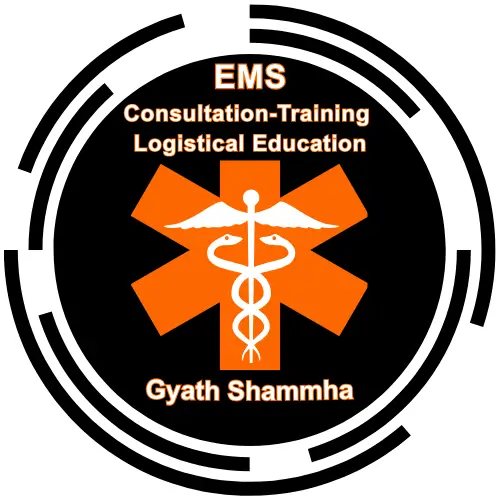Endocarditis vs. Pericarditis — What to Know
A clear, modern overview comparing endocarditis (inflammation of the heart’s inner lining/valves) and pericarditis (inflammation of the pericardial sac).
Educational content only—always consult a licensed clinician for diagnosis and treatment.
Endocarditis
Endocarditis is a life-threatening inflammation of the endocardium—the inner lining of the heart and valves.
Risk Factors
- Artificial or damaged valves / cardiac devices
- Heart defects, irregular rhythms
- IV drug use
- Infections: UTI, IV infection, dental work, wounds
Diagnosing
- Labs: blood cultures, CBC, CMP
- Imaging: echocardiogram
Signs & Symptoms
Treatments
- Antibiotics (targeted to cultures)
- Anticoagulants (selected cases)
- Valve repair/replacement, catheterization
Notes
- Inform future healthcare and dental providers due to higher risk.
Pericarditis
Pericarditis is inflammation of the pericardium, the sac surrounding the heart.
Risk Factors
- Recent MI, pericardial effusions
- CKD, hypothyroid
- Chest radiation (chemo)
Diagnosing
- Labs: blood cultures, CBC, CMP
- Imaging: X-ray, echo, catheterization, MRI / CT
Signs & Symptoms
- Fatigue / weakness / SOB / fever
- Chest pain (stabbing, worse lying down; better leaning forward)
- Positional pain with coughing; edema/ascites if heart failure develops
Treatments
- Antibiotics for bacterial causes
- NSAIDs for pain/inflammation
- Chronic/refractory: possible surgical removal of the pericardium (pericardiectomy)
Notes
- May be acute, recurrent, or chronic (> 6 months)
- Tuberculosis is a common cause in many regions outside developed countries
Cited Keywords & Referral Links
Each keyword below links to a relevant page on gyathshammha.com.
Bottom line
Endocarditis targets the inner lining/valves and often requires prolonged antibiotics and, sometimes, surgery. Pericarditis involves the pericardial sac and may respond to NSAIDs or, when chronic, surgical options. Recognize the risk factors, characteristic symptoms, and diagnostic pathways to prompt evaluation and treatment.
This guide mirrors common teaching points and is for education only—not medical advice.
